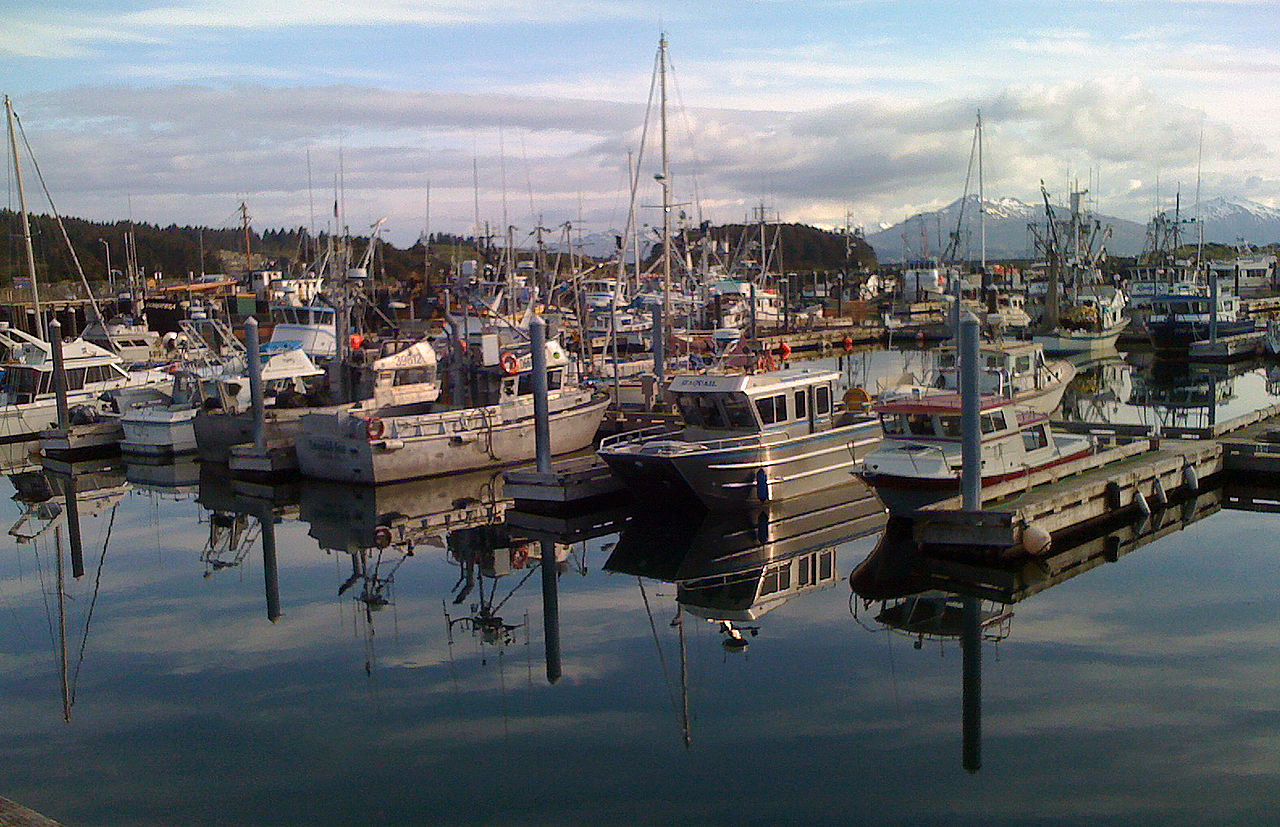After a steep drop in 2016, seafood harvesting employment rebounded in 2017, growing 8.3 percent and hitting a record of 8,509 average monthly jobs in the state of Alaska.
The employment growth was widespread, covering most species and regions, which was a departure from previous years when certain fisheries’ or regions’ growth tended to offset losses elsewhere.

This story was first published in the February issue of National Fisherman. Subscribe today for digital and print access.
The 8.3 percent growth for seafood harvesting in 2017 was the largest in percent terms among Alaska industries. Health care, which has been marked by strong job growth for decades and has been one of the few industries to grow throughout the state recession, grew by just 2.3 percent.
Biggest gains were in summer
Summer and fall brought impressive growth in harvesting jobs after a weak start to the year. Most of the year’s growth came during the summer. July has always been the seafood harvesting peak, and in 2017 it went up by another 634 jobs, bringing the July total to 24,459.
The biggest jumps came on the edges of the summer, however. June, September, and October each gained more than 1,000 jobs from 2016’s levels. June’s employment grew the most, up 1,877 jobs from June 2016.
The year’s few losses came in the early months. January, February and March levels were all down from the year before. Those months are more important for crab fisheries than other species, which is why crab harvesting was one of the few fisheries that lost jobs in 2017.
Even with the poor harvests and lower job counts early in the year, however, the strong growth later in 2017 was more than enough to offset losses and break job records.
Salmon jobs varied by region
Some regions lost salmon harvesting jobs in 2017, and levels fluctuated considerably by region, but the fishery’s employment still grew overall. The Yukon Delta was hardest hit, with every month’s job levels down from 2016 and a loss of 12.7 percent overall. Salmon harvesting jobs alone fell 11.6 percent.
Southeast also sustained some job loss in salmon harvesting, with some months down more than 200 jobs from 2016, but strong growth in April and September partially offset those losses.
Alaska’s most dramatic seafood harvesting job growth still came from salmon fishing, despite those regional declines. Bristol Bay’s job counts grew most. They were up more than 900 in June as the fishery started. Even some of the smaller salmon fisheries, such as those in Kodiak and the northern region, gained jobs.
Aleutians brought groundfish up
Groundfish is a grouping of species (primarily walleye pollock and Pacific cod) that is reported mainly out of ports in the Aleutians, so its employment is tied to that region.
Groundfish harvesting employment in the Aleutians was up by an average of 264 per month in 2017, with growth during all months. At least some of that growth was due to new entrants to the fisheries, as reflected by new permit numbers.
All other regions’ groundfish harvesting employment declined, however, and the northern region’s disappeared. Kodiak’s losses were steepest, at 81 lost jobs each month on average. Similar to salmon harvesting, groundfish employment grew overall because the regional groundfish losses were much smaller than the growth in other areas.
Sablefish employment grew
While technically a type of groundfish, we report sablefish as a separate category. Employment harvesting sablefish, also known as blackcod, is spread wider across regions than other groundfish, with the largest regional workforce in Southeast. Southeast gained 88 sablefish harvesting jobs per month on average in 2017.
Bristol Bay lost its sablefish employment, but had just one job to begin with. Other than Bristol Bay, all regions’ sablefish harvesting grew, resulting in total growth of 166 monthly jobs from 2016.
Smaller fisheries, modest growth
A number of smaller fisheries gained a modest number of jobs in 2017. Herring harvesting employment was up by five jobs per month, the result of a sharp increase in Bristol Bay herring harvesting (up seven jobs, or 118 percent) making up for minor losses elsewhere in the state. Miscellaneous shellfish harvesting employment was up by 17 per month, mainly in Southeast.
Crab employment was down
By species, only crab fisheries lost jobs overall. Most crab is harvested in Southeast and in the Aleutians, and those regions sustained the most loss. The Aleutians lost 56 jobs and Southeast lost 47. Statewide, crab harvesting monthly employment was down by 96 from the same months in 2016.
2018’s picture looks mixed
The picture emerging for 2018 is mixed after a strong 2017. For example, the Gulf of Alaska has had a rough salmon year, while Bristol Bay harvests have been stellar. So far in 2018, the fisheries that employ the most people have had the biggest harvests. Late or closed fisheries tend to affect jobs more than harvests do, as a larger physical haul does not necessarily mean more boats are on the water or fishing longer.







